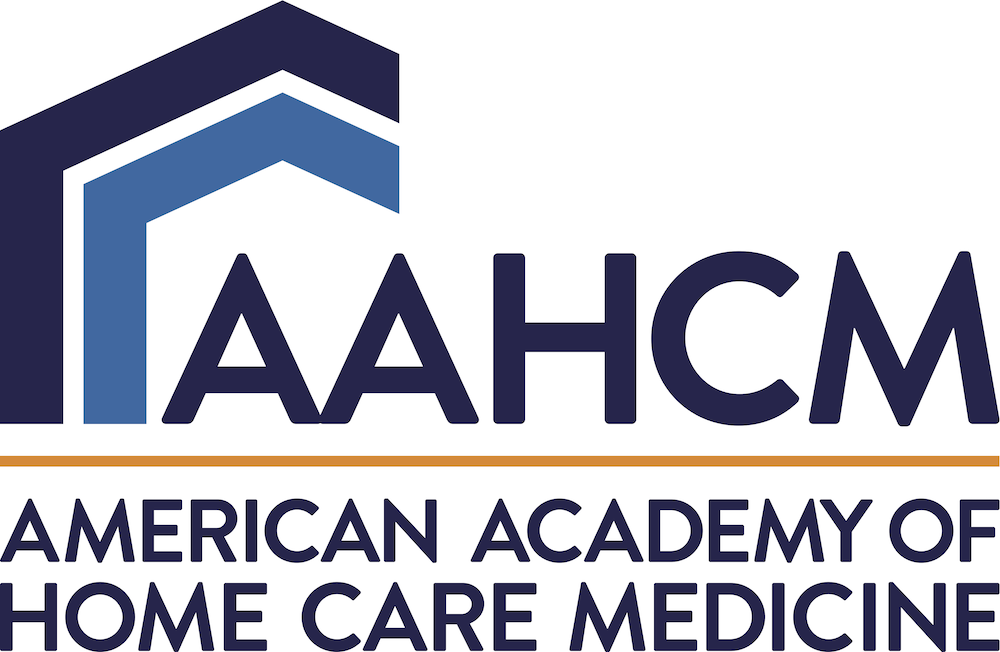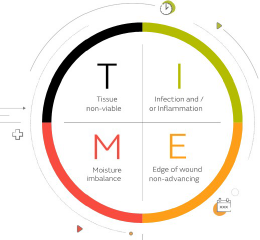Reclaiming Chronic Wound Care: Understand and Address the Barriers to Wound Healing
Reclaiming Chronic Wound Care: Understand and Address the Barriers to Wound Healing
The statistics are staggering. Chronic wounds are a burden to patients, caregivers, care providers, and our healthcare system. Approximately 6.5 million people, or about 1 in 38 adults, are affected by chronic wounds each year in the US1,2. Annual cost estimates for managing chronic wounds range from $28.1 to $96.8 billion3. Three million people worldwide experience venous leg ulcers4. In 2019 alone it was estimated that 463 million people were living with diabetes worldwide, and up to 15% of patients with diabetes have a foot ulcer at some stage5,6. Devastatingly, every 20 seconds of every day someone, somewhere, loses a leg because of diabetes6.
However, let us not only consider the statistics. Chronic wounds can have a significant impact on individuals’ lives. Diabetic Foot Ulcers (DFU), for example, can be painful and limit social activities, leading to reduced Quality of Life (QoL)7. Goodridge et. al., compared QoL parameters in 104 patients with healed and unhealed DFUs (presence ≥6 months considered unhealed) and found that the impact an unhealed DFU can have on QoL is comparable to that of myocardial infarction, breast cancer, or chronic obstructive pulmonary disease7. Because of this, Smith+Nephew’s aim is to assist clinicians in creating effective and efficient paths to help prevent wounds and prevent delays in wound healing.
With over 160 years of experience in the medical industry, Smith+Nephew offers customized education in wound prevention, assessment, and treatment across the care continuum. Come join Smith+Nephew on October 28th for an interactive session exploring The T.I.M.E Principles of Wound Bed Preparation and its application in the management of two of the most challenging types of chronic wounds: DFUs and Venous Leg Ulcers (VLU). The concept of T.I.M.E was first introduced in the Journal of Wound Repair and Regeneration in 2003 by an international panel of wound care experts which included physicians, nurses and researchers8. The panel identified 4 major barriers to wound healing and used the T.I.M.E acronym as an easy reminder of those barriers: Tissue nonviable or deficient, Infection or inflammation, Moisture imbalance, Edge of wound non- advancing8.
Join us October 28th for a pre-conference session titled Wound Care for My Home-based Patients – HELP! Engage in this case-based discussion on applying the validated T.I.M.E Principles of Wound Bed Preparation to your clinical practice.

Bridget Carey MSN, RN, CWCN
Mandy Spitzer MBA, RN, CWOCN, CFCN
Smith+Nephew Medical Education
For over 160 years, Smith+Nephew has taken a pioneering approach to product design and services. Alongside our customers we won’t settle until we’ve solved the challenges of preventing and healing wounds, because they hold back too many lives.
References
- Järbrink K, et al. Syst Rev. 2016;5:152.
- National Population by Characteristics: 2010-2017. United States Census Bureau Web site. Accessed January 9, 2018.
- Nussbaum, Samuel & Carter, Marissa & Fife, Caroline & DaVanzo, Joan & Haught, Randall & Nusgart, Marcia & Cartwright, Donna. (2017). An Economic Evaluation of the Impact, Cost, and Medicare Policy Implications of Chronic Nonhealing Wounds. Value in Health. 21. 10.1016/j.jval.2017.07.007.).
- Johnson J, Yates S & Burgess J. Venous insufficiency, venous ulcers and lymphedema. In Doughty D & McNichol L (Eds.). Wound, Ostomy and Continence Nurses Society Core Curriculum: Wound Management. 2016: 385-419. Philadelphia: Wolters Kluwer.
- International Diabetes Federation. IDF Clinical Practice Recommendations on the Diabetic Foot 2019.
- Adiewere P, Gillis RB, Imran Jiwani S, Meal A, Shaw I, Adams GG. A systematic review and meta-analysis of patient education in preventing and reducing the incidence or recurrence of adult diabetes foot ulcers (DFU). Heliyon. 2018;4(5):e00614. Published 2018 May 2. doi:10.1016/j.heliyon.2018.e00614
- Goodridge D, et al. Quality of life of adults with unhealed and healed diabetic foot ulcers. Foot Ankle Int. 2006;27(4):274–280. (n=57 unhealed DFU ; n=47 healed DFU).
- Leaper D, et al. Extending the TIME concept: What have we learned in the past 10 years? Int Wound J 2012; 9 (Suppl. 2):1–19.).

